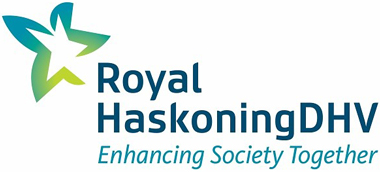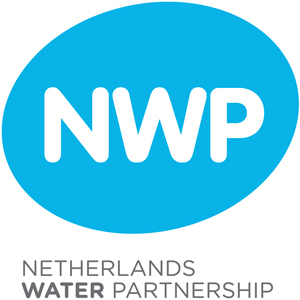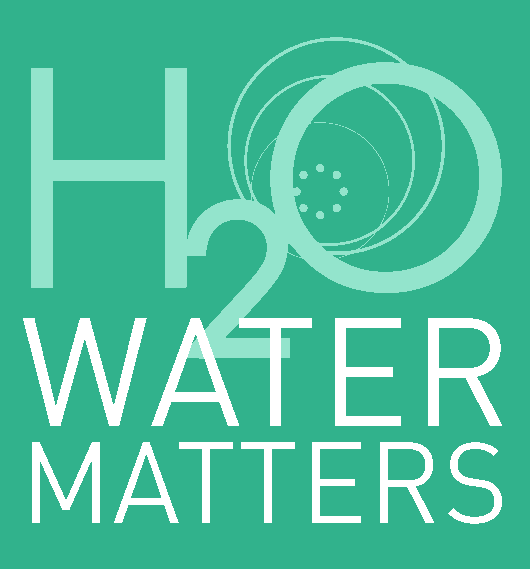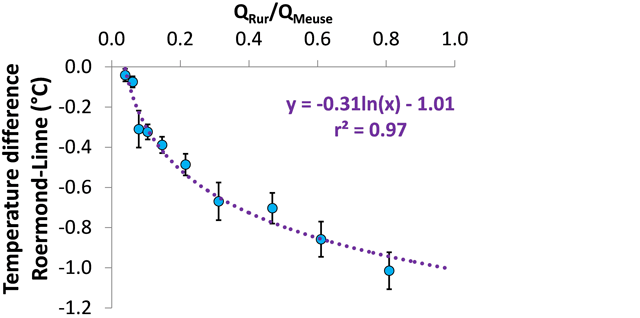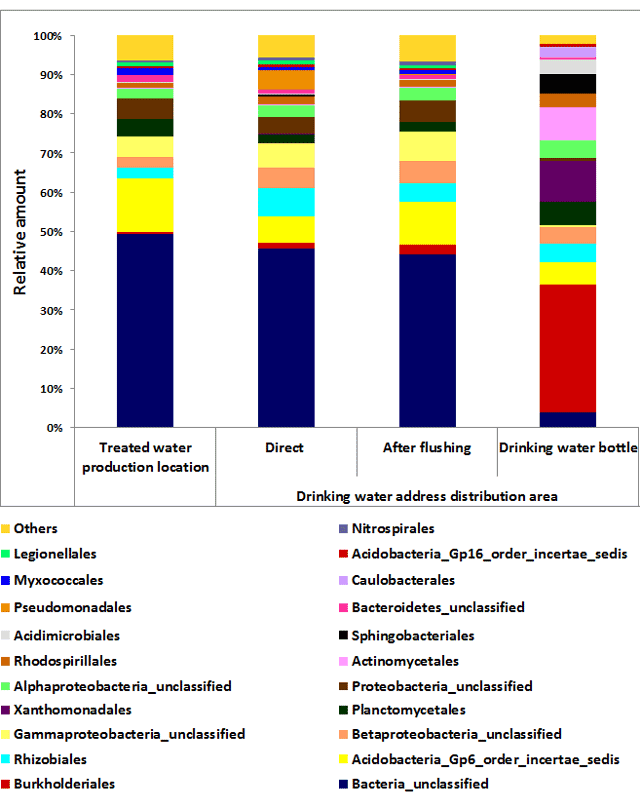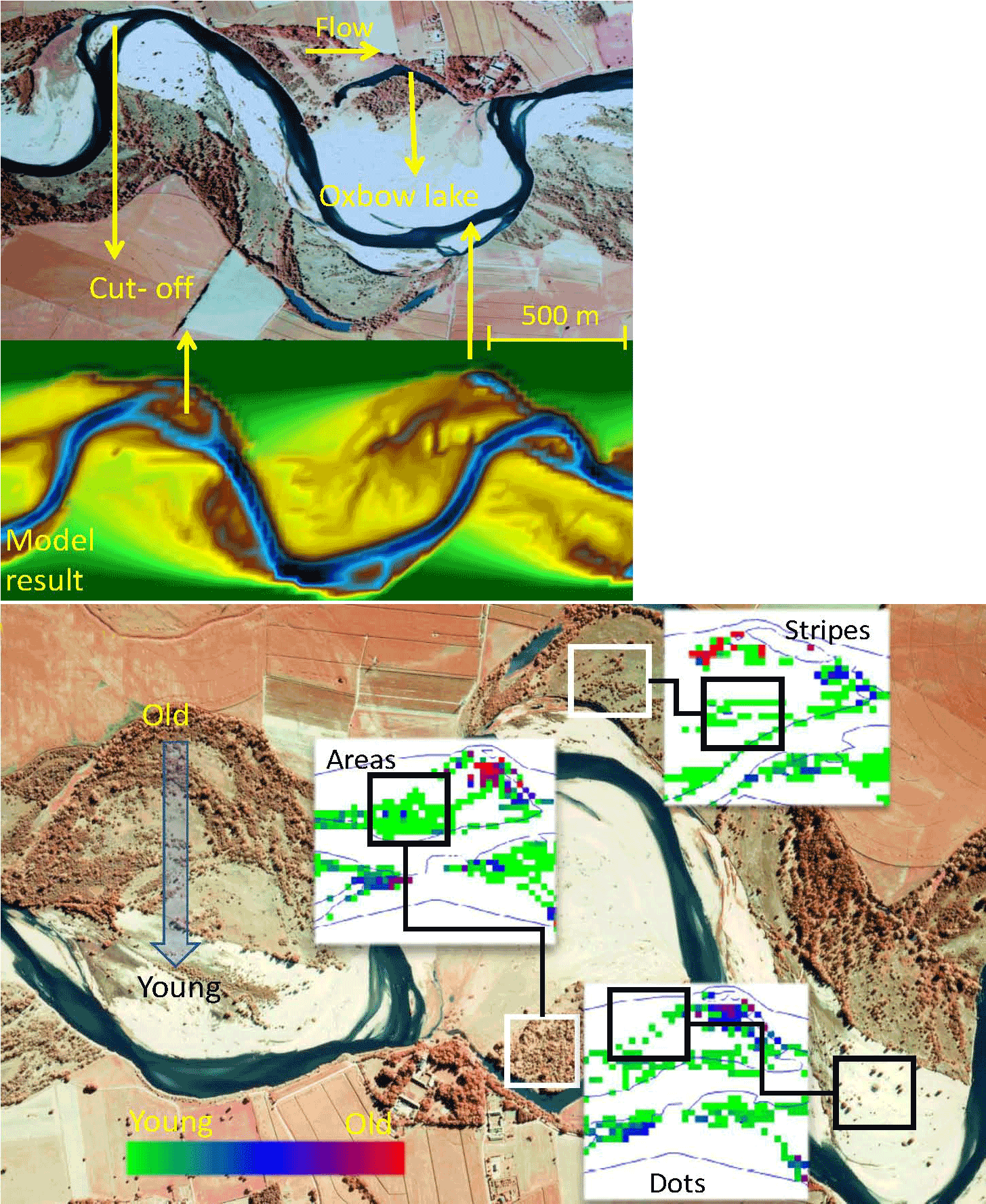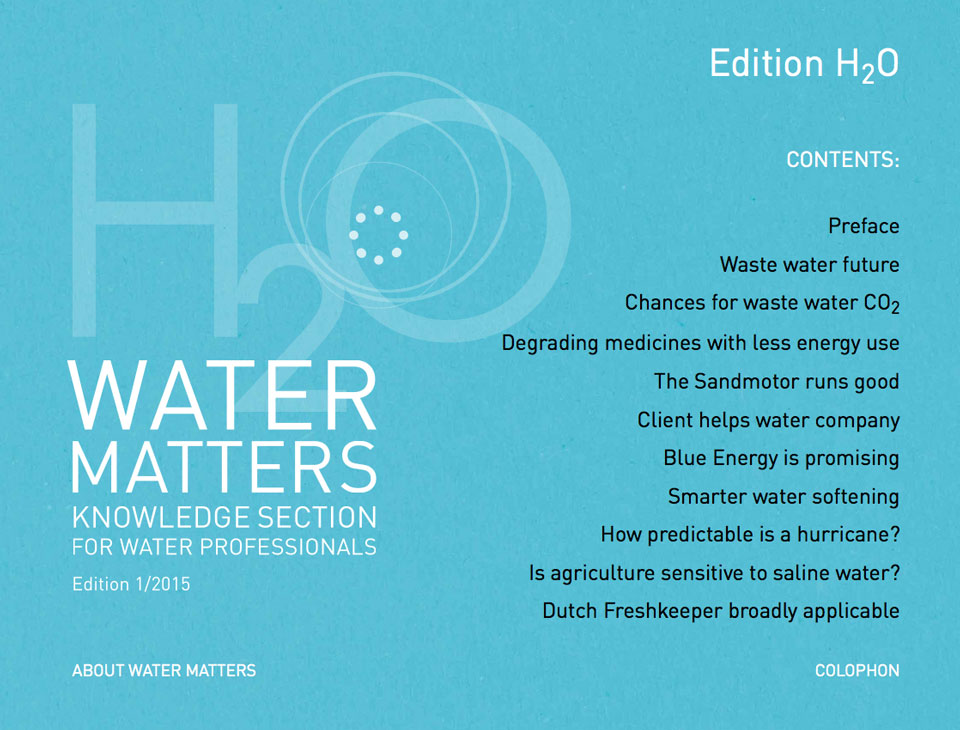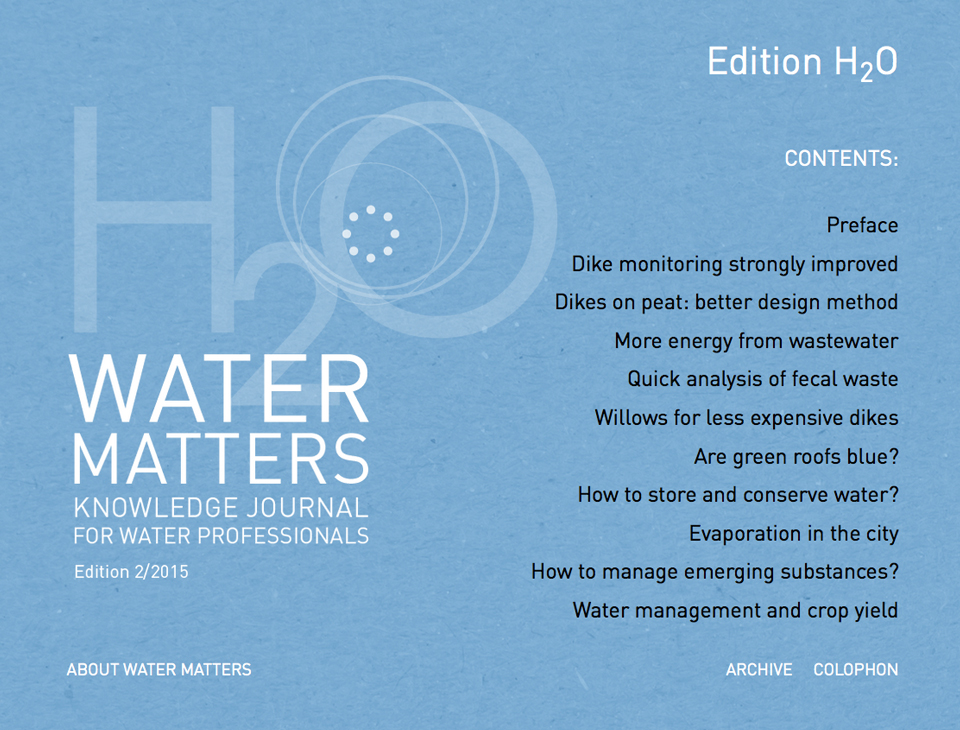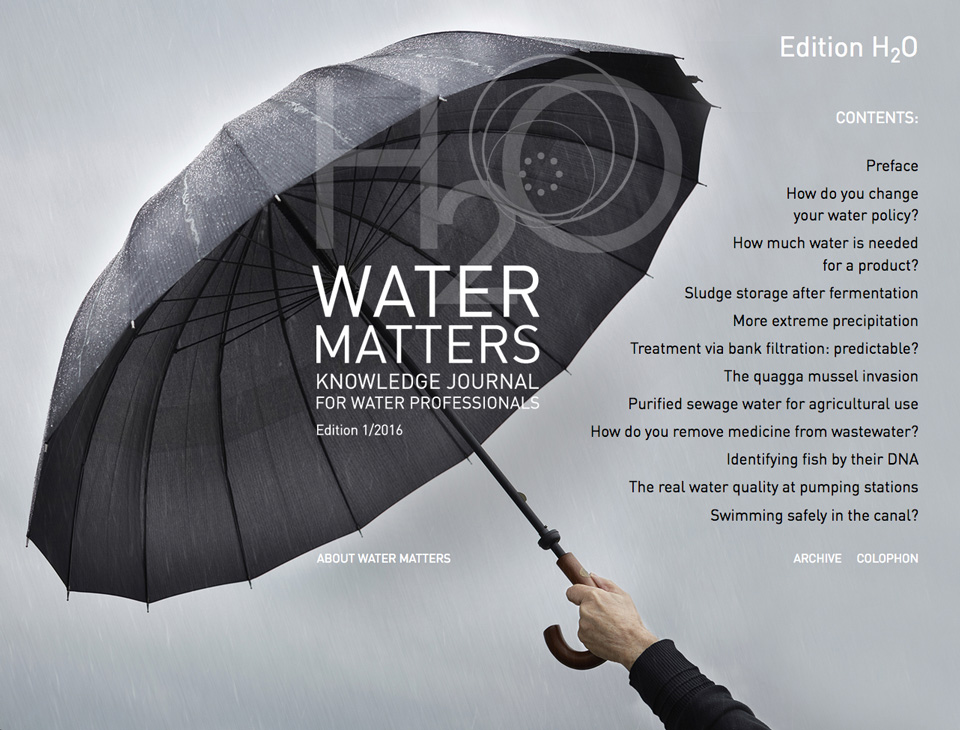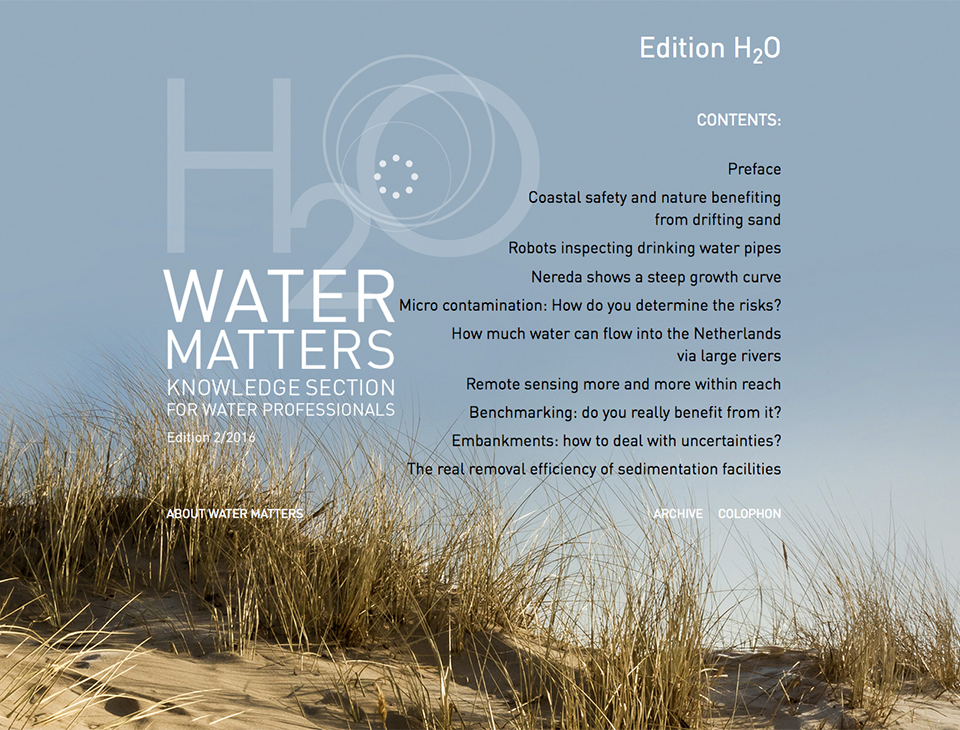Effects of agricultural measures on emissions of nitrogen and phosphorus in rural landscapes
The use of detailed soil and fertilisation data from agricultural measuring networks and an integrated nutrients model makes it possible to provide insight into the soil quality and the agricultural emissions of nitrogen and phosphorus into the water system at landscape level.
The fen meadow landscape in the western part of the Netherlands faces major challenges, including achieving the ecological objectives of the EU Water Framework Directive (WFD) water bodies and retarding subsidence. The future prospects for dairy farming thereby are also an issue. Solutions are being sought through agricultural water and nature management, investment measures within the Agricultural Water Management Delta Plan (Deltaplan Agrarisch Waterbeheer) and the implementation of improved internal nutrient cycling.
The current mineral balances are largely evaluated at national scale by making use of the STONE model, where soil types and hydrological conditions are clustered into larger uniform spatial units. Hence Groenendijk et al. (2016), for example, provide the WFD reduction objectives per water district. This means only one figure for the entire management area, consisting of multiple polders.
The Amstel, Gooi en Vecht (AGV) district water board wants greater insight into the spatial variation within polders in order to offer more prospects for action for farmers to improve water quality. To achieve this, effective (agricultural) guidance options are required that can be translated into local farm management measures. Wageningen University & Research and NMI (Nutriënten Management Instituut) has been performed research to obtain a better understanding of the variation within and between polders by linking detailed soil and fertilisation data from the agricultural measuring network to an integrated nutrients and soil model, INITIATOR. This model gives insight into the use of animal fertiliser and artificial fertiliser, the surplus and the leaching and run-off of nitrogen (N) and phosphorus (P) at an annual base.
The INITIATOR model
The INITIATOR model (De Vries at al., 2003; Kros et al., 2011) has been developed in order to provide rapid, robust and integrated insight into the supply and discharge of carbon, nutrients and heavy metals in the soil/water system, changes in soil quality and the gaseous losses into the air. This is done on an explicit spatial basis, whereby the spatial scale ranges from a single plot to the whole of the Netherlands. In practical terms this includes the supply of nutrients through organic and mineral fertilisers, deposition, biological N fixation, seepage and crop remains, and the discharge through leaching to the groundwater and run-off to the surface water.
The N and P excretion is calculated at farm level by making use of animal-specific excretion factors. The gaseous N emissions from housing and storage of are calculated for the various categories of animals and animal types, making use of nationally recognised emission factors. A manure distribution module calculates the transport of animal manure at municipality level. A soil module then calculates the fate of nutrients: accumulation, absorption, gaseous emissions or leaching and run-off to the water system. A spatial differentiation has been applied to the calculations by taking account of differences in soil use, soil type and groundwater level which determine the processes that occur. For the P modelling of P sorption, a combination of a rapid and slow pool with a soil type-dependent parameterisation has been used.
INITIATOR uses spatial data obtained from national GIS datasets, such as livestock numbers per farm and the location from the Farms Geographic Information System (Geografisch Informatiesysteem Agrarische Bedrijven - GIAB: Gies et al., 2015) and the location of the plots (RVO.nl). Use is made of long-term average water fluxes derived from STONE for the hydrology. This unique calculation system shows in an integrated, transparent and coherent way the effects of agricultural measures on the N and P losses to the surface water, groundwater and the atmosphere.
Location-specific soil and fertilisation data
For application in the AGV district, use has been made of plot-specific data from the Eurofins agricultural measuring network instead of generic soil data. The Eurofins agricultural network contains data for 6051 plots within the AGV district from the period 2000 and 2014, including the level of organic material, C/N ratio, the N total content, the P saturation and agricultural P fractions such as ammonium lactate –extractable P (P-AL).
Application in the AGV district
Four different polders were selected to illustrate the possibilities of this combined approach: Aetsveld East and West, Demmerik and De Ronde Hoep. All four are virtually entirely dominated by intensively managed grassland. De Ronde Hoep is the only polder where partly (half) natural grassland occurs in the central part. In line with fertiliser legislation and practice, both soil data and the vegetation determine the fertilizer distribution across the farm. These four polders contain around 100 farms in total.
The effect of the approach has been illustrated for P, which is often the limiting nutrient in relation to the occurrence of eutrophication. The Eurofins data shows a considerable spatial differentiation in the phosphate level. On average, the P level increases in the order De Ronde Hoep, Aetsveld East, Aetsveld West, Demmerik (Figure 1). However, the calculated total P fertilisation was found to be fairly homogeneously distributed, and also differs little between the polders. The exception is the central part of De Ronde Hoep, where the natural management allows less fertiliser. This plot-specific soil and fertilisation data was used as input for the model calculations, and was found to be heavily determinant for the ultimate calculated P load of the surface water (Figure 1).
 Figure 1 - Spatial variation in measured P-AL (labile P pool in the soil, expressed in mg P2O5/100 g) (Left) and calculated P drainage to surface water (including background drainage) (Right), all expressed in kg P ha-1 jr-1. Clockwise from top left: Ronde Hoep, Aetsveldse polder East and West and Demmerik polder. The final figure depicts the location of the polders in the Netherlands.
Figure 1 - Spatial variation in measured P-AL (labile P pool in the soil, expressed in mg P2O5/100 g) (Left) and calculated P drainage to surface water (including background drainage) (Right), all expressed in kg P ha-1 jr-1. Clockwise from top left: Ronde Hoep, Aetsveldse polder East and West and Demmerik polder. The final figure depicts the location of the polders in the Netherlands.
The calculated P run-off to the surface water was found to be fairly variable within a polder, particularly in the Aetsveldse polder East and the eastern part of Demmerik polder (Figure 1). The highest P load of the surface water occurs in the Aestveldse polders and in plots on the south-eastern part of the Demmerik polder. The higher P load is strongly related to the background load, which is highest in the Aetseveldse holders. The agriculture-related load is lowest for this polder. On the other hand, the largest proportion of the load of the surface water occurs from Agricultural Activity for the Ronde Hoep and Demmerik polders.
The model calculates lower loads than the loads based on surface water measurements, particularly in De Ronde Hoep. This is partly due to the omission of the P processes in the surface water - the model only calculates the run-off to the surface water - and partly by an (excessively) rough approximation of the background load. Use has been made of results from the STONE model (Groenendijk et al., 2016) for this for the time being, in the absence of adequate supplementary detailed data.
Perspective on agricultural activities
In order to achieve WFD objectives, it is important to identify how the discharge to the surface water can be influenced through agricultural management. To illustrate this, the effect of a number of widely used measures - such as adjustments to the grazing regime, fertiliser-free zones and low phosphorus diet - have been examined. This makes clear in which polder agricultural measures around fertilisation and soil management are useful for improving water quality (Figure 2). Expert knowledge and literature data (e.g. Noij et al. 2012) were used to parameterise the measures.
 Figure 2 - Relative effects of measures on the losses of N and P to surface water for the four pilot polders (RH: Ronde Hoep, AVP-O: Aetsveld Oost, AVP-W: Aetsveld West, DR: Demmerik). The effect of the measures are cumulatively expressed. Note that when all measures are applied at the same time, the total effect is likely less than the sum of the individual effects due to interactions.
Figure 2 - Relative effects of measures on the losses of N and P to surface water for the four pilot polders (RH: Ronde Hoep, AVP-O: Aetsveld Oost, AVP-W: Aetsveld West, DR: Demmerik). The effect of the measures are cumulatively expressed. Note that when all measures are applied at the same time, the total effect is likely less than the sum of the individual effects due to interactions.
The effect of the scenarios on the reduction of N and P load is dependent on the polder, the nutrient and the measure, but broadly shows the same trend for the four polders (see Figure 2).
The most effective P measures in De Ronde Hoep with regard to run off to the surface water are:
• Buffer zones
• Low phosphorus diet
• Strip grazing (no longer grazing on a grazed part of a plot)
• Increase vegetation coverage on meadow plots
Generally the calculated effects of the measures on the P load of the surface water is small. A reduction of a maximum of 6% per measure. The effectiveness of the measures is significantly higher for N, and can rise to 50-70% for all measures taken together. For comparison, the most effective measures for reducing the N load of the surface water in De Ronde Hoep are:
• Strip grazing
• Increase vegetation coverage on meadow parcels
• Reduction in N fertilisation
Conclusions
The methodology described here makes optimum use of data from agricultural measuring networks available at national level. By using these in the calculation model as described, it is possible to provide insight into soil and fertilisation characteristics, N and P losses at a detailed spatial level. This insight into the characteristics of the water management district, the release of nutrients and the effectiveness of agricultural measures provides a practical perspective on actions for water managers and farmers.
Hans Kros
(Wageningen University & Research, Environmental Research)
Debby van Rotterdam
(Nutriënten Management Instituut)
Arjan Reijneveld
(Eurofins Agro)
Wim de Vries
(Wageningen University & Research, Environmental System Analysis)
Gerard Ros
(Nutriënten Management Instituut)
Summary
Provincial councils, district water boards, municipal councils and various state bodies are working together to reduce the nutrient load of the surface water. Policy evaluations with regard to the nutrient load of surface water are generally carried out at a national scale. These results are less suitable for district water boards, because it is found in practice that there are large differences between polders and drainage units. The use of detailed soil and fertilisation data from agricultural measuring networks and an integrated nutrients model (INITIATOR) makes it possible to provide insight into the soil quality and the agricultural emissions into the water system at landscape scale. In addition, the effectiveness of agricultural measures can be quantified in order to offer the water manager and farmer a perspective on actions.
Literature
De Vries, W., J. Kros, O. Oenema and J. de Klein, 2003. Uncertainties in the fate of nitrogen II: A quantitative assessment of the uncertainties in major nitrogen fluxes in the Netherlands. Nutrient Cycling in Agroecosystems 66 (1), 71-102.
Gies, T.J.A., J. van Os, R.A. Smidt, H.S.D. Naeff and E.C. Vos, 2015. Geografisch Informatiesysteem Agrarische Bedrijven (GIAB) : gebruikershandleiding 2010 (Farms Geographic Information System (GIAB): user manual 2010). Wettelijke Onderzoekstaken Natuur & Milieu (Statutory Research Tasks Nature & Environment), Wageningen, 86 pp.
Groenendijk, P., E. van Boekel, L. Renaud, A. Greijdanus, R. Michels and T. de Koeijer, 2016. Landbouw en de KRW-opgave voor nutriënten in regionale wateren : het aandeel van landbouw in de KRW-opgave, de kosten van enkele maatregelen en de effecten ervan op de uit- en afspoeling uit landbouwgronden. (Agriculture and the WFD challenge for nutrients in regional waters: the share of agriculture in the WFD challenge, the costs of several measures and the effects thereof on the leaching and run-off from agricultural land) Wageningen Environmental Research, Wageningen.
Kros, J., K.F.A. Frumau, A. Hensen and W. De Vries, 2011. Integrated analysis of the effects of agricultural management on nitrogen fluxes at landscape scale. Environmental Pollution.
Noij, I.G.A.M., M. Heinen, H.I.M. Heesmans, J.T.N.M. Thissen and P. Groenendijk, 2012. Effectiveness of unfertilized buffer strips for reducing nitrogen loads from agricultural lowland to surface waters. Journal of Environmental Quality 41 (2), 322-333.
^ Back to start





